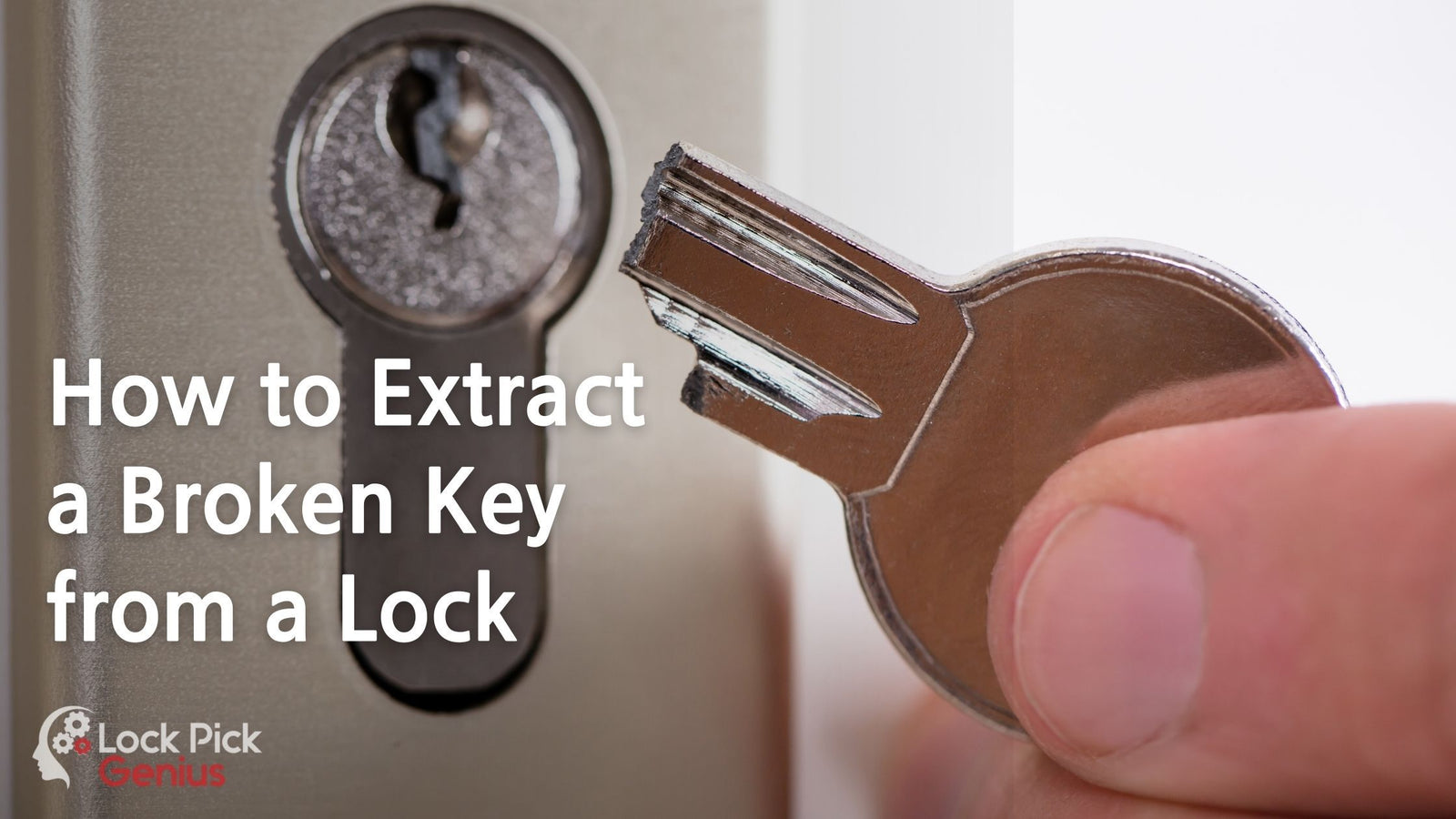Your Cart is Empty

There’s never been a time of greater technological advance than the present day. And any wise person will utilize all the resources of the modern age.
But 2019 does have a tendency to focus so much on just a set of skills that it sometimes forgets the artistry known to prior ages.
Take the understanding of making locks open, even if you don’t have the key. There’s a reason it’s been considered an art for generations. Because while the objective is the same, the way we view the craft has lost some of the vitality it naturally deserves.
There are some mundane and specific uses for lockpicking, and those are very well-documented. But there’s a point we sometimes miss: that one of the reasons people learn how to do this is because they have curious, adaptable minds.
There are often specific reasons for picking an individual lock; but gaining and increasing skills at lockpicking in general is often a piece of something much bigger—not a specific goal, but rather, the kind of mind that doesn’t want to be held back.
Take Houdini—who’s work we’ll discuss here fairly often. Opening locks was partly a means to an end for him, as a part of his act and his life’s work, but much more than that, it represented the ideals he held dear: breaking boundaries.
If you look at any of the original posters for Houdini’s acts, you’ll notice that he’s always depicted with an air of determination and free-spiritedness. When he boasted “No lock can hold me!”, he wasn’t just bragging about his abilities, or promoting his act. He was proclaiming his belief that you could combine will, skill, and knowledge to create completely unique ideas. His escapes weren’t just technically fascinating; they were enthralling. Picture it for a moment: here’s a man famous for escaping from impossible situations. How do you keep people coming back?
Not with mere technical ability. The public wasn’t necessarily interested in whether a given lock was the most advanced or complicated, they were interested in the whole package. Without even going into what you would have to know in order to be put in a straight jacket, then put in a locked chest, then having the chest covered with chains and thrown into the sea—just take a moment to wonder at how a person could conceptualize creating a situation that fascinating, that harrowing, that inventive. And he had to envision, not just the idea, but how to make it work, and get out again.
Lockpicking is the Escape Art of the mind. It’s both a sign of, and a tool for, being inquisitive, imaginative, and able to change peoples’ ideas of what’s possible.
In a world where we recognize the value of creativity so much that we call it “thinking outside the box”, imagine someone who doesn’t just think outside the box—but actually leaves the box far behind, on the bottom of the sea, while swimming victoriously to the surface.
Comments will be approved before showing up.


Be the first to know about lockpicking tips and upcoming sales and promos. Get a 10% discount coupon when you subscribe!

Sign up to get special offers, Tips, News and Great deals